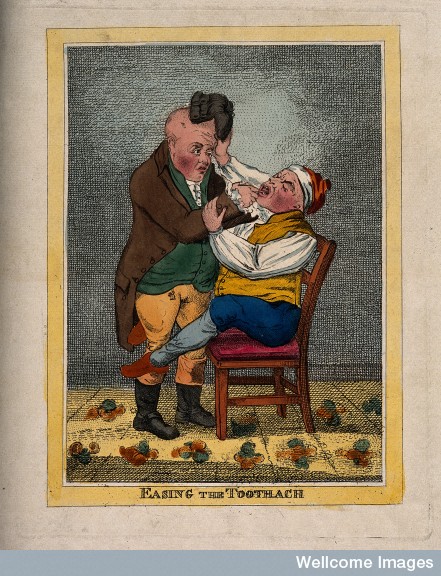
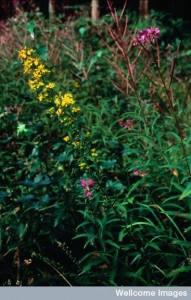
Credit: Rowan McOnegal. Wellcome Images
As regular readers of this blog will be aware heat was a central component of the healthy early modern body, as long as it was moderate. Excess heat in the body could cause disease, but it was also a key component in many remedies. Medicines based on the humoural properties of plants would take into account the natural qualities of the plant being used, including heat. An edition of Nicholas Culpeper’s Pharmacopoeia Londinensis, for example, described one plant in the following manner, ‘Golden Rod: hot and dry in the second degree; clenseth the Reins, provokes Urin[e], brings away the Gravel.’1 Many of the remedies that I have come across for a range of disorders were to be applied to the body as hot as a patient could stand them. These include remedies to prevent miscarriage and remedies for the stone, as well as some remedies for headaches that were discussed in a recent post.
In the Hartlib papers I also came across extracts from a letter by Mr Carew (1640) discussing his new heating stones, which he was calling Gambathoes.2 Much of the letter described the curative properties of the stones. However, he was careful to explain the form that they took and how they were used.
‘I have fitted the stones to bee put into a Case, & the stone & case put into a Muffe, which will both keepe the hands hot there; & the thighes hot with resting uppon the thighes; & if the hands bee in the beginning laid uppon the Case, the harder they are prest, the sooner they will receave heate, & the stone will retaine it so much longer’.3
Carew believed that these warming stones would help a range of distressed people throughout their lives. The two particular uses of the stone were,
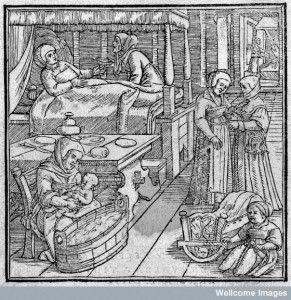
Credit: Wellcome Library, London.
‘the preservation of young Children in the Cradle by the heate of them, & of the recovering of hearing unto deafe folkes by sleeping uppon them, being laid under their heades as hot as they could suffer them.’4
These cures seemingly had little to connect them but, as an avid reader of Jaipreet Virdi’s blog on cures for deafness and as someone with an interest in the life-cycle and all thing connected to childbirth, these cures caught my attention.
Although Carew saw these as particularly notable actions of the stone, he was keen to point out that they could be used in a variety of disorders. Indeed of the two cures he recounted in the letter only one had any connection to these ‘special attributes’. He recorded how a woman in Drewstainton, Devon (a sister of one of his servants) was ‘lying soe desperately sicke, as that shee had lost her speech-sence, & was deadly cold, from the soles of the feet to the knees, & from the hands to the elbows, & continued soe for three houres, had this cold recovered, by keeping of a strong heat unto her feet by these stones, & the like unto her stomacke & hands’.5 He then explained that a maid in a house in Linkinhome in Cornwall was cured of ‘her Toothach, & recovered her deafenes to the wonder of all the family’.6

Credit: Wellcome Library, London.
As with many sellers of remedies Carew was convinced about the supreme efficacy and benefit of his product. He exclaimed that ‘I verily beleeve there hath not beene an invention found out these many hundred, scarce thousands of yeares so generally beneficiall to all mankind as this will prove’.7
Having discovered such a wonderful cure he also evidently felt threatened by ‘pretenders’ who wanted to get in on the action. He wrong of a ‘wise man’ from Cornwall who had claimed to find two quarries of the healing stone that he was an ‘Arrogant Asse’ who did not have Carew’s learning and knowledge about the stone or quarrying.8
Carew’s belief and faith in the healing power of heat was no doubt connected to the fact that this was also a business venure. Yet he still concluded that ‘The Cures by this Stone God bee paised grow every day more and more for by their heate they helpe both deafnes and the tooth-ache and I praise God they have seldome wanted their desired effect for the curing of any grief they have beene used for.’9
__________________________
1. Nicholas Culpeper, Pharmacopoeia Londinensis … (London, 1653), p. 17.
2. Greengrass, M., Leslie, M. and Hannon, M. (2013). The Hartlib Papers. Published by HRI Online Publications, Sheffield [ available at:http://www.hrionline.ac.uk/hartlib ],[71/17/1A].
3. Ibid, [71/17/4B]
4. Ibid, [71/17/1A]
5. Ibid, [71/17/3B]
6. Ibid, [71/17/4A]
7. Ibid, [71/17/4A]
8. Ibid, [71/17/6B]
9. Ibid, [71/17/7A]
© All rights reserved.

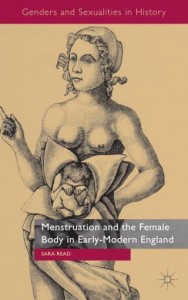
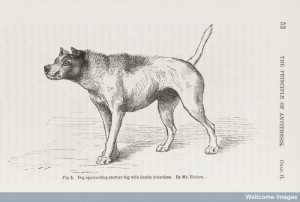
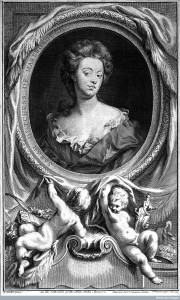
One thought on “Heating the Body Healthy”
Comments are closed.